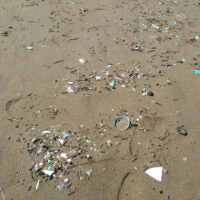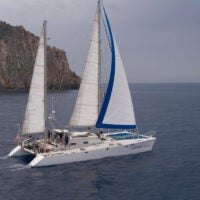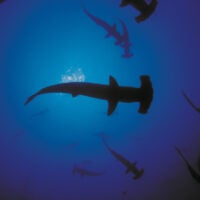Minimizing Single-Use Plastics Reaching the Ocean
Plastic litter on beaches or floating on the surface is the most noticeable proof of plastic pollution in the ocean, but research indicates that 94% of plastics in the ocean lie on the seafloor. The most found plastics in Europe are bags, single-use food and beverage containers (such as bottles), wrappers, cutlery, and wet wipes. Oceana campaigns to eliminate plastic pollution at its source – before it can reach the depths of the ocean.
SHARE TO SHOW YOUR SUPPORT:
Promoting Reduce & Reuse Solutions to the Plastic Crisis
Recycling is not going to solve the plastic crisis. Oceana campaigns for corporate and legislative change to reduce our dependency on single-use plastics, including by adopting reusable alternatives.
SHARE TO SHOW YOUR SUPPORT:
Plastics
Globally, an estimated 15 million metric tonnes of plastic enters the ocean every year. This is roughly equivalent to dumping two rubbish lorries full of plastic into the ocean every minute. Millions of items, mainly single-use plastics, are littered annually into European waters. Oceana campaigns to stop plastics from entering the ocean.
Since you’ve been on this webpage,
kilos of plastic have entered the ocean worldwide.
THE PROBLEM
Plastics are everywhere, and are a massive threat to marine wildlife and biodiversity. Marine mammals, sea turtles, and birds often confuse plastics with food, or end up entangled in discarded fishing gear. Plastic pollution and climate change are also a dangerous cocktail for the ocean: plastics are made from fossil fuels, and plastic production reduces the ability of the ocean to absorb CO2. In addition, extreme weather events, including storms, help to spread plastic already in the ocean to wider areas. This is how we find beaches and shores covered with mounds of waste, as well as plastic islands floating on the surface of the ocean.
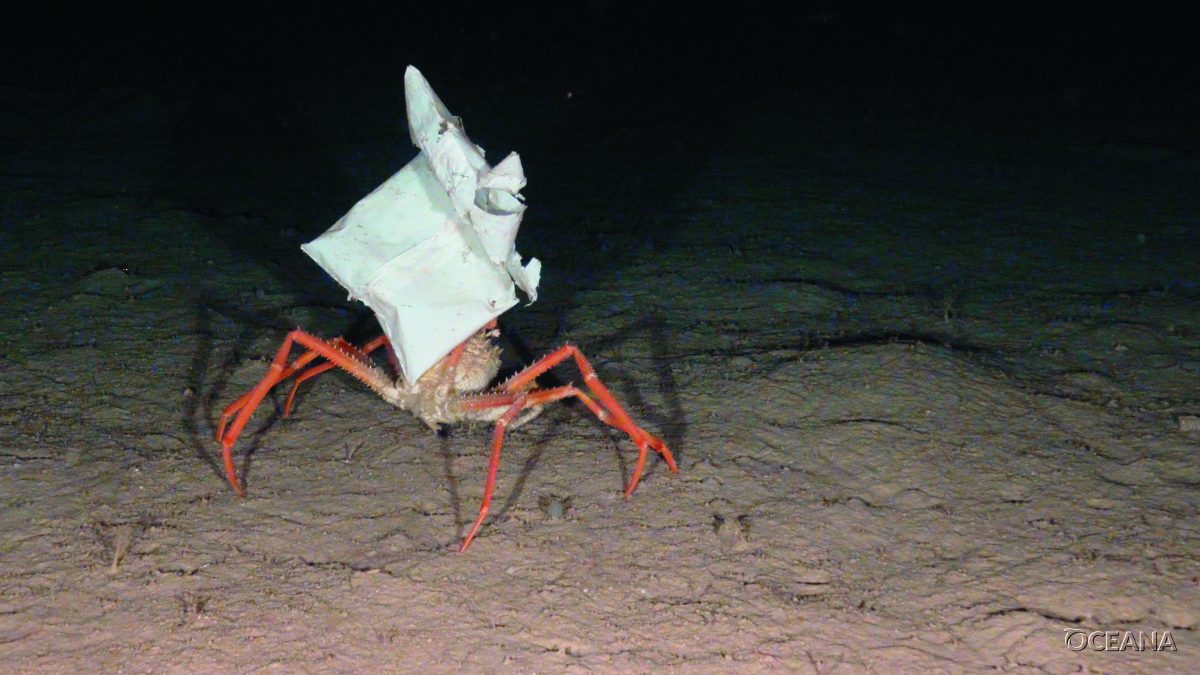
However, this is only the most visible aspect of the plastic pollution problem that plagues the ocean. There is also a hidden aspect: research indicates that 94% of plastics that enter the ocean accumulate in the depths, where low temperatures and lack of light delay degradation, making plastic litter last for centuries. An advanced computational model released by Oceana demonstrated that plastic travels long distances, not only at the surface, but also on the seabed. Pathways and accumulation zones are actually different.
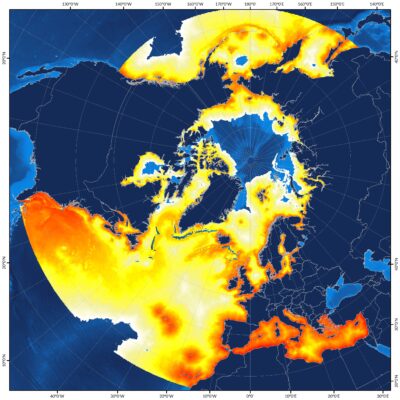
Recovering this debris is technically and economically unfeasible, either because it is located at a great depth, or because it is snagged on fragile biological structures. The only solution to the plastics crisis is to drastically reduce the everyday use of plastic and ensure plastic materials are reused.
Oceana calls on all stakeholders to reduce the use of plastic and implement an ambitious regulatory framework that responds decisively to the challenges posed by debris and plastic in the marine environment.
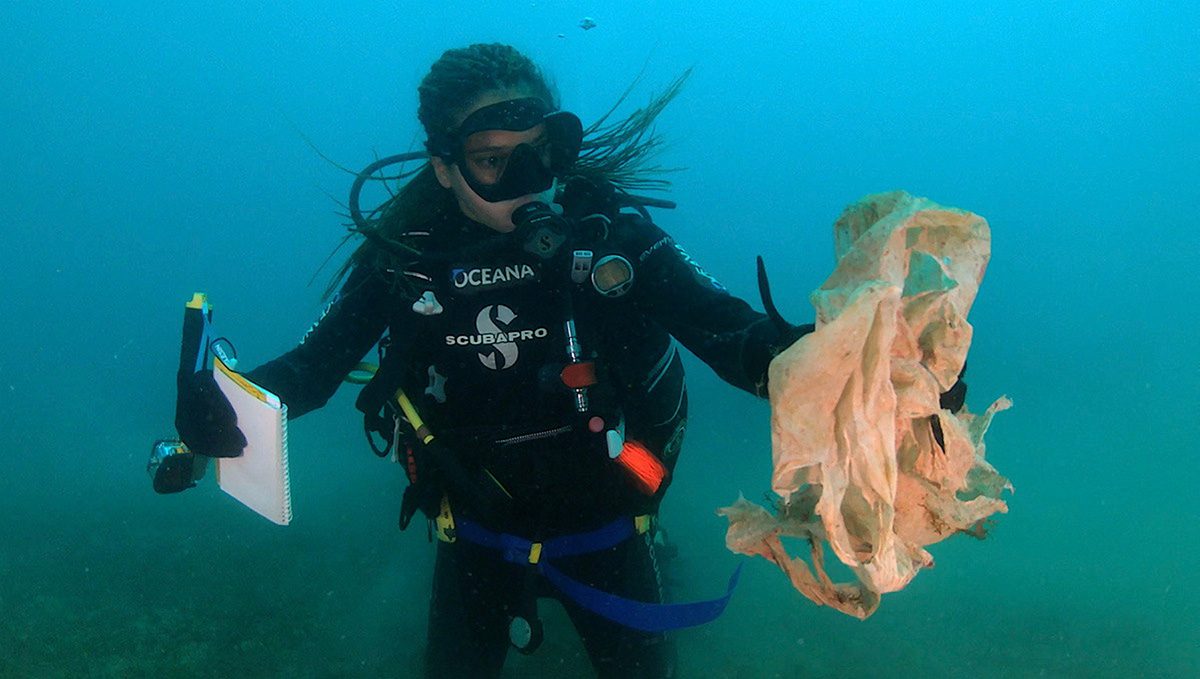
Accomplishments
March, 2022
Spain Curbs Ocean-Polluting Single-Use Plastics Through New Waste Law
Following campaigning by Oceana and allies, Spain adopted a new Waste Law that incorporates the European Union Single-Use Plastics Directive into national law, helping to reduce ocean-bound plastic pollution. Oceana advocated for the new law to go beyond the minimum requirements set by the EU, including newly adopted measures that will: establish a basis for future deposit-return schemes; reduce single-use plastics in public administration facilities; make plastic producers accountable for covering the costs of beach clean-ups; and enable municipalities to ban mass balloon releases and smoking on beaches. Although the Spanish government did not approve all of the additional prohibitions proposed by Oceana, the new law represents a key first step towards further action by Spain to reduce single-use plastics.
Reports & Factsheets
Press Releases
Reports
September, 2022
Around the Web
Learn More

